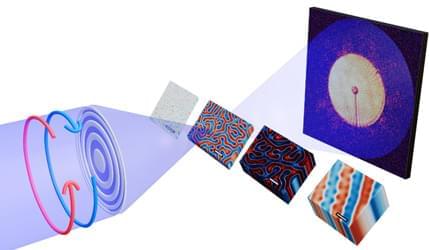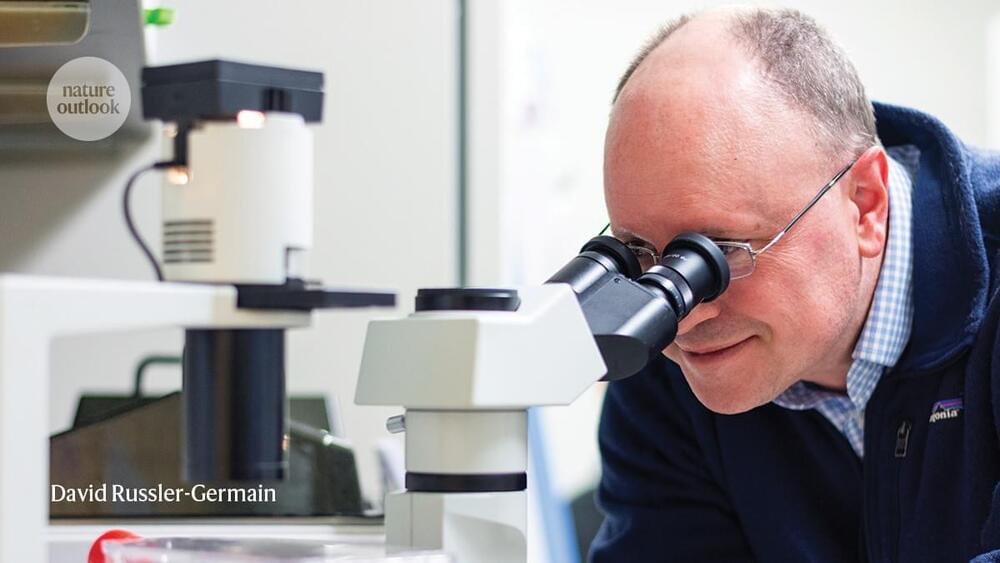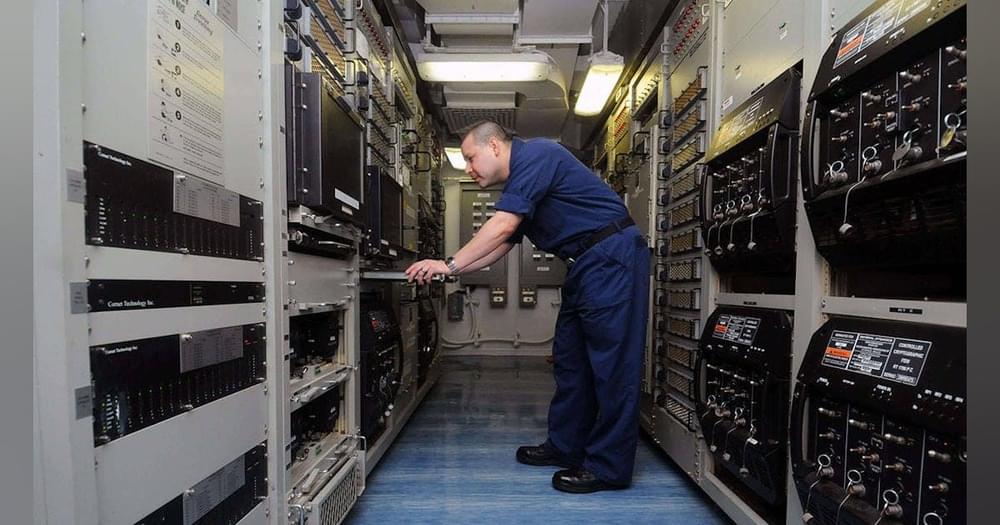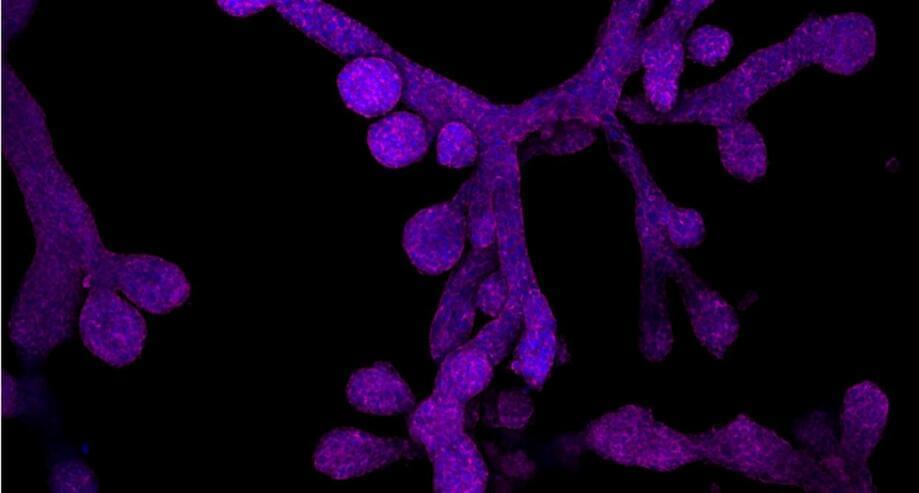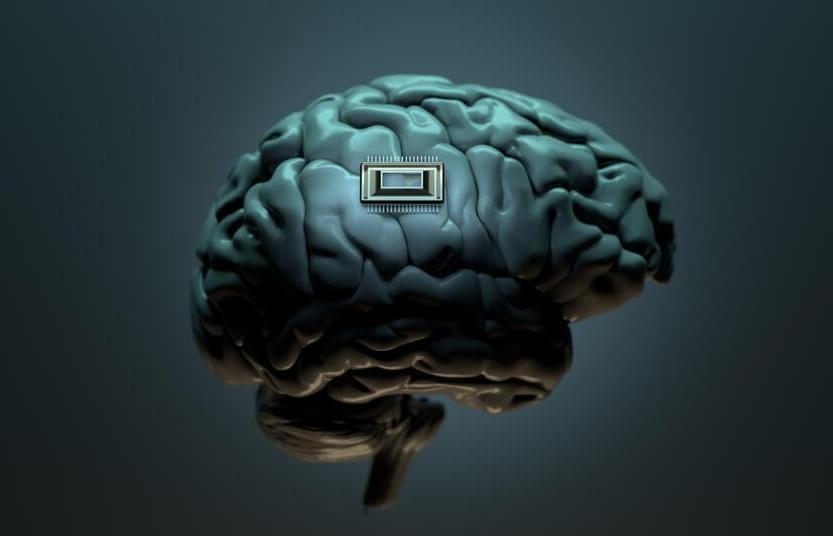A soft x-ray magnetic imaging technique makes possible the study of a wide range of magnetic materials.
Although natural-killer-cell therapies are safer than T-cell therapies and offer other advantages, they require upgrades to overcome their limited lifespan and susceptibility to immunosuppression.
ABOVE: Researchers recapitulate electrical gradients in vitro to help guide stem cell differentiation for neural regeneration. ©istock, Cappan.
The dance of development is electric. Bioelectrical gradients choreograph embryonic growth, signaling to stem cells what cell types they should become, where they should travel, who their neighbors should be, and what structures they should form.1 The intensity and location of these signals serve as an electrical scaffold to map out anatomical features and guide development. Bioelectricity also shapes tissue regeneration.2 Tapping into these mechanisms is of special interest to researchers who grapple with the challenge of regenerating injured nerves.3
One such curious team from Stanford University and the University of Arizona recently reported a new approach using electrically conductive hydrogels to induce differentiation of human mesenchymal stem cells into neurons and oligodendrocytes in vitro.4 Their findings, published in the Journal of Materials Chemistry B, provide important proof of principle for future studies of biocompatible materials to electrically augment transplanted and endogenous cells after injury.
HAPPI seeks demonstrations of low-loss, high-density optical interconnects using scalable manufacturing compatible with microelectronics.
Related: SDR: a spectrum of possibilities
NAVWAR awarded the order on behalf of the Navy’s Program Executive Office for Command, Control, Communication, Computers, and Intelligence (PEO C4I) in San Diego.
The AN/USC-61© is a maritime software-defined radio (SDR) that has become standard for the U.S. military. The compact, multi-channel DMR provides several different waveforms and multi-level information security for voice and data communications.
Organoids of mammary glands can help researchers more efficiently study lactation, with findings that could apply to fields ranging from agriculture to medicine.
Scientists from the Department of Physical Chemistry at the Fritz Haber Institute have made an innovative discovery in nanoscale optoelectronics, as detailed in their recent publication in Nature Communications (“Atomic-Precision Control of Plasmon-Induced Single-Molecule Switching in a Metal–Semiconductor Nanojunction”).
The study introduced a groundbreaking method for achieving unprecedented control over single-molecule photoswitching. This breakthrough could transform the future of nanodevice technology.
Schematic view of the plasmon-driven switching of a single PTCDA molecule. (Image: Fritz Haber Institute)
Nervous system disorders are among the leading causes of death and disability globally.
As brain research advances, how should study participants be protected? Bioethicist Saskia Hendriks has some ideas.
(back to outline)
Robert J. Sternberg has devoted much of his career to the study of various conceptions of human intelligence. Starting with his Triarchic Theory of Human Intelligence (Sternberg, 1985), he has expanded on his view of human ability and success. Successful intelligence is defined as that set of mental abilities used to achieve one’s goals in life, given a socio-cultural context, through adaptation to, selection of, and shaping of environments. Successful intelligence involves three aspects that are interrelated but largely distinct: analytical, creative, and practical thinking (Sternberg, 1998). Practical Intelligence is the ability to size up a situation well, to be able to determine how to achieve goals, to display awareness to the world around you, and to display interest in the world at large (Sternberg, 1990; Sternberg et al., 2000; Wagner, 2000). Prof. Sternberg is working on several projects that examine the interrelation of his various conceptions of ability in applied settings.
Sternberg has proposed what he refers to as a “triarchic theory” of human intelligence.14 The original version of the theory is triarchic in that it argues that intelligence comprises three sets of skills: creative, analytical, and practical. In its augmented version, it specifies the importance of wisdom-based skills as well. According to this theory, people are intelligent in their lives to the extent that they: (i) formulate and achieve goals that help them attain what they seek in life, given their cultural context; (ii) by capitalizing on their strengths and compensating for or correcting weaknesses; (iii) in order to adapt to, shape, and select environments; (iv) through a combination of essential skills. As mentioned above, the essential skills are: (i) creative skills to generate novel ideas; (ii) analytical skills in order to assure that the ideas are good ones; (iii) practical skills in order to implement their ideas and persuade others of their value; and (iv) wisdom-based skills in order to ensure that the ideas help to achieve a common good over the long as well as the short term through the infusion of positive ethical values.
The various aspects of the theory—analytical, creative, practical, wisdom—are measurable. Sternberg has shown that when they are measured, they improve prediction of both academic and nonacademic performance in university settings and reduce ethnic-group differences.15 Teaching that incorporates the various aspects of intelligence Increases academic performance relative to conventional teaching.16 Sternberg has argued that intelligence is at least somewhat malleable throughout the lifespan.
